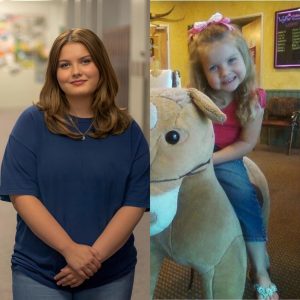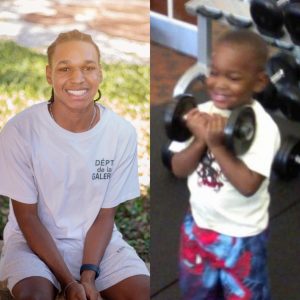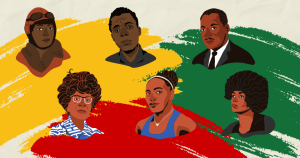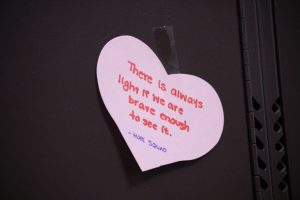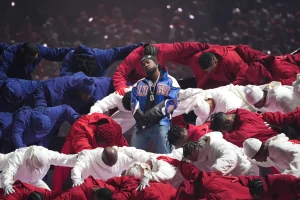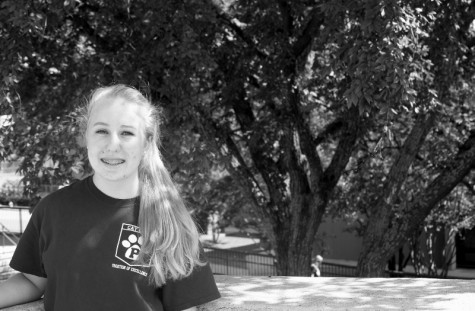Chirp for the cure: Senior uses crickets to investigate causes of leukemia
February 13, 2015
Cancer has become an increasingly large field for study in the scientific world. Scientists across the country continue their searches for cures to diseases that cause people to suffer every day. Senior Prithvi Thavanampalli is trying to do just that.
Thavanampalli is conducting a study, the results of which could change lives – especially those of athletes. The idea came from an NBC News article that talked about how soccer players specifically were getting leukemia.
“They were saying that it had to do with the small rubber pieces that are in the artificial turf that they play on,” Thavanampalli said. “Exposure to cuts or open wounds could cause leukemia because of the chemicals in the turf. I’m testing to see if that’s true or not, and to what extent it’s true.”
Thavanampalli has been working on the project since last September. In order to test his hypothesis, he uses different soil to rubber ratios and exposes crickets to these mixtures in insect cages.
“Twenty crickets are in each chamber,” Thavanampalli said. “I’m checking reproductive rates, death rates, at what time of the month they died, and other things like that. I’ve frozen the ones have already died, and I’ll dissect them later. Leukemia is a blood related disorder, so I’m going to be looking for a problem within the blood type or blood flow.”
Using the crickets for testing required lots of previous paper work in order for it to become approved due to ethical reasons, according to Thavanampalli’s teacher sponsor, Kim Wolff.
“I believe that animal experimentation is necessary in some cases,” Wolff said. “Scientists use animal models to discover cures to diseases like specific types of cancer, for example. There is a litany of forms that must be filled out and approved before any experimentation takes place. This includes our young scientists in Plano as well as research at major universities.”
As for the root of the problem, Thavanampalli said he is using the crickets to find out if the variety of chemicals in the artificial turf can lead to the cancer.
“The rubber is actually used car tires,” Thavanampalli said. “Once the tires are no longer usable, they grind them up into small little pellets and run a bunch of chemicals through them to make them more bouncy. There are almost 54 different identifiable chemicals in them, so there isn’t one specific chemical that could be causing this.”
While the project’s results could benefit professional athletes, it has a deeper importance for Thavanampalli.
“I’m hoping that there’s some type of connection to this cancer,” Thavanampalli said. “If we could prove that yes, the rubber is causing cancer, that would be significant. We could make sure that every single artificial turf, that even our Plano kids are playing on, is remedied or fixed so that there is no possibility of the cancer coming from our end.”
Thavanampalli said this study has been an eye opener for him. In his eyes, it proves how susceptible students could be to something that appears to be an easy fix.
“I’m in marching band, and I’ve only marched one time on a natural field,” Thavanampalli said. “I have a lot of friends that are in sports, and I would never want my friends to go down to something as simple as what they put in the ground.”
Thavanampalli will compete in the Dallas Regional Science and Engineering Fair in February. Both Wolff and Thavanampalli hope for the project to advance to higher level competitions, like the Texas State Science and Engineering Fair.
“Both competitions send students to International Science and Engineering Fair (ISEF) which takes place in May,” Wolff said. “Prithvi has been working tirelessly on his project and he has experience in presenting. It’s always my hope that a student who is this dedicated to his research advances to ISEF.”
As far as the results go, Thavanampalli remains optimistic.
“I think I have a pretty strong project this year,” Thavanampalli said. “It has potential, and I’m working towards that potential. I feel like that’s the best part. Nothing much has happened so far, but I know there’s a lot that could happen.”

